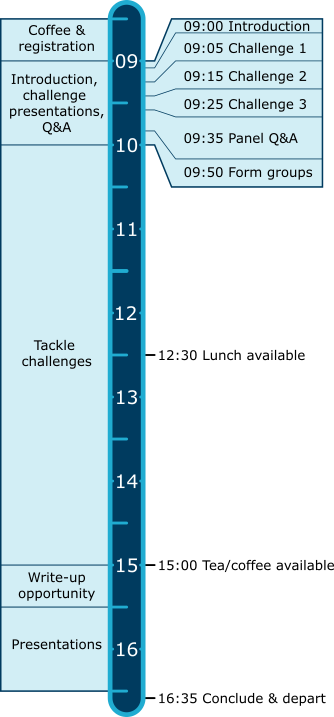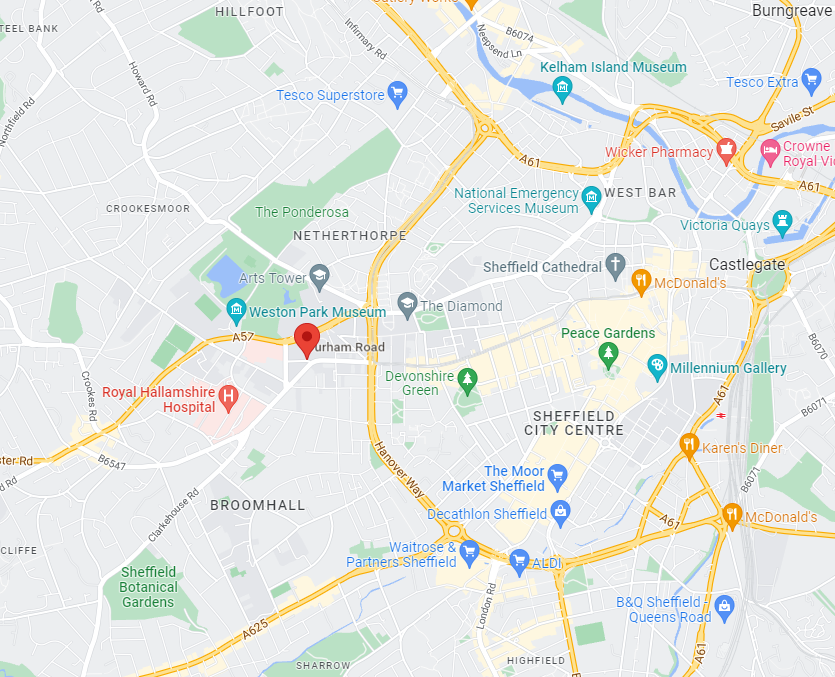Registration deadline: Wednesday 29 June
The UK Acoustics Network+ are holding a 1-day event at the University of Sheffield on 8 July to explore solutions to research challenges set by industry.
This is an opportunity to be exposed to some of the current and future challenges for underwater acoustics and to work together with other researchers to explore and develop new and innovative solutions. The day will be a ‘hackathon’ style event, with small teams working on one of the challenges together for most of the day, while representatives from industry move between the groups to provide application context and to answer questions.
Please register for the day here, where you have the opportunity to indicate your preferred challenge(s). Lunch and tea/coffee will be provided. Applications for travel and accommodation funding can be made using the Request for UK Acoustics Network Plus Travel Grant Form.
Agenda:

Location
Inox Suite,
Level 5,
Students’ Union Building,
Durham Road,
Sheffield,
S10 2TG
Enter through the West Entrance of the Students’ Union Building, click here for Google Maps

The following three challenges have been supplied by our partners:
Challenge 1: Passive acoustic underwater detection and tracking (Ultra)
![]()
Human sonar operators typically outperform traditional passive contact follower algorithms when analysing broadband waterfall displays. One reason for this is that the current approaches, which incorporate Kalman and Alpha-Beta filters, are susceptible to the noise that is in abundance in underwater environments. Furthermore, they struggle to accurately track crossing contacts and detect quiet contacts in the presence of much louder ones. Since the quieter contacts are of most interest, this is a crucial capability of a tracking system. To reduce the cognitive burden on the operators, Ultra would like you to develop a detection and tracking algorithm that is more accurate and robust than the traditional methods, whilst not increasing the false alarm rate.
Click here for full challenge details
Challenge 2: Classifying underwater objects in forward-looking sonar images (Thales)
![]()
By looking at the sonar images provided, can you detect, classify and label the ten different objects which can be found underwater? The provided dataset of forward-looking sonar (FLS) images contain marine debris which have been submerged in a water tank and are situated on the tank floor. There are 10 different marine debris objects which were placed in the water tank. Not all the objects are in every image and not every image has an object in. Thales would like you to produce a method which detects and classifies the objects in the FLS image dataset. A more complex additional challenge would be to also produce a method which outlines and labels the objects.
Click here for full challenge details
Challenge 3: Acoustic biomimicry for covert underwater communication (Sonardyne / University of Newcastle)
![]()
Covert transmission of information in the underwater environment is of interest both in the defence sector and more widely. In the military context, covert signals could be used for secure communication with underwater assets without disclosing the location of the source, while such signals could also have the advantage of reduced anthropogenic noise in the underwater environment. One proposed method for covert communication is to ‘hide’ communications in artificial signals that would be expected in the marine environment, e.g. marine mammal vocalisations. Sonardyne and Newcastle University would like you to synthesise information-containing signals based on marine mammal vocalisations, examples of which can be found in the Watkins Marine Mammal Sound Database.
Click here for full challenge details